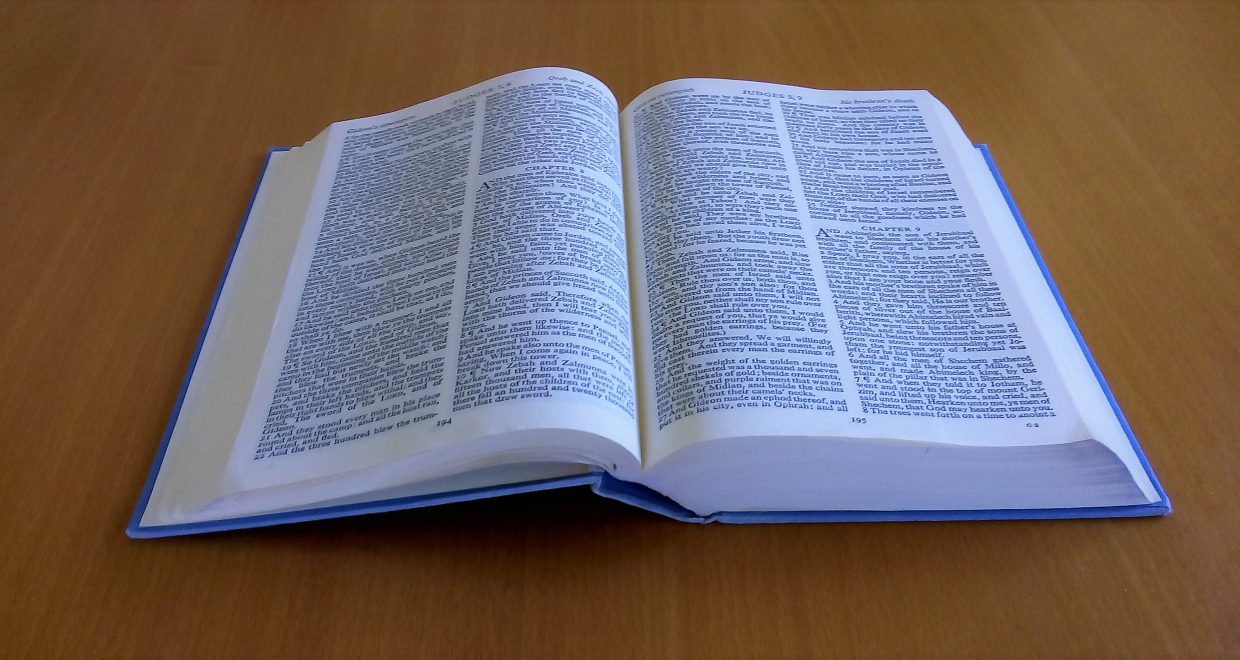Fable and Fact: Judging the Language of Scripture (Judges 9:8–15) from Antiquity to Modernity
Until 25th May 2020 enjoy free access to Jon Whitman’s full article Fable and Fact: Judging the Language of Scripture (Judges 9:8–15) from Antiquity to Modernity, published by Harvard Theological Review in Volume 113, Issue 2.
Under what conditions—and with what consequences—can passages in Scripture be regarded as forms of imaginative literature? Long before the modern phenomenon of university courses on the “Bible as literature,” such questions provoke intense controversies in interpretive theory and practice. Early versions of these questions develop already in antiquity and the Middle Ages, with movements to attribute to scriptural and non-scriptural texts shared poetic techniques and conceptual designs. Such movements have been extensively examined in modern scholarship, and overlapping developments have been subjects of my own research.
But there are formative changes in scriptural poetics that pass beyond arguments about techniques and designs, and for some time I have been seeking to explore such critical turns in biblical interpretation at large. These changes are far-reaching shifts in attitude toward the very status of biblical language.
In the Christian world, pressing inquiries about the language of Scripture recurrently focus on a provocative passage in the book of Judges. The passage, situated in a book traditionally regarded as a historical narrative, is an extended tale about talking trees. Unlike exemplary tales that may be fictional but remain technically feasible (for example, the parable of misconduct that Nathan tells David), the story in Judges is conspicuously impossible. In fact, its personified trees suggest the kind of narrative—neither true nor verisimilar—that in ancient rhetorical discussions is repeatedly called fabula. But could a fabulous dialogue be part of the discourse of truth? As Christian commentators seek to come to terms with that question, the story in Judges becomes a fundamental test case for judging the language of Scripture.
Though recent scholarship has reflected upon the efforts of medieval interpreters to demonstrate the truthfulness of this fabulous tale, no published study has systematically traced changing Christian approaches to its imaginative idiom from antiquity to modernity. In exploring that history I have found it to be a striking story in its own right—almost an exemplum of the increasingly intricate Christian engagement with figurative discourse. In that complex movement, figurative meaning comes to be included within the very category of the “literal” sense. The “literal” sense of Scripture, long regarded as its “historical” sense, increasingly converges with a “literary” sense of the text. Literary texts at large, including non-Christian writings, come to be correlated with the fabulous tale. Eventually, changing concepts of the interplay between the fabulous and the factual deeply complicate the notion of scriptural history itself.
In the end, modulations in biblical poetics are not only fundamental to questions about the relation between Scripture and “literature.” They are crucial to foundational changes in concepts of “literality” at large. That transformation, which is a subject of my current research, is a story far more complex than the interpretive history of a fable. But if in some sense even trees can talk, perhaps someday, at least in some measure, that story can be told.






